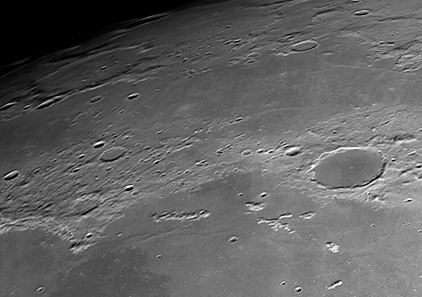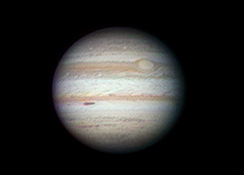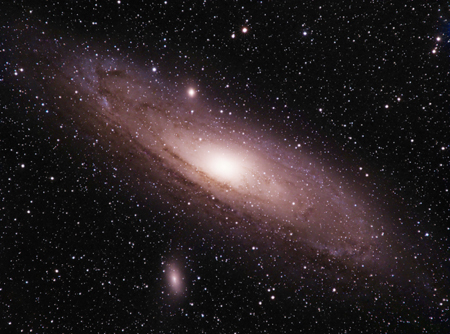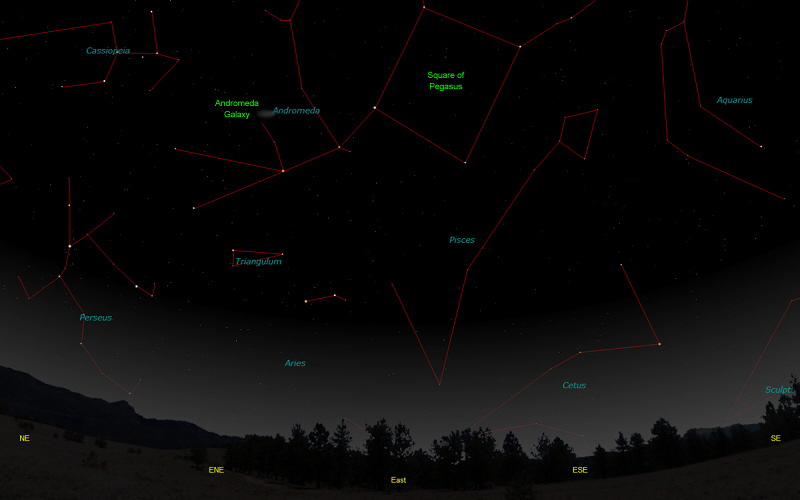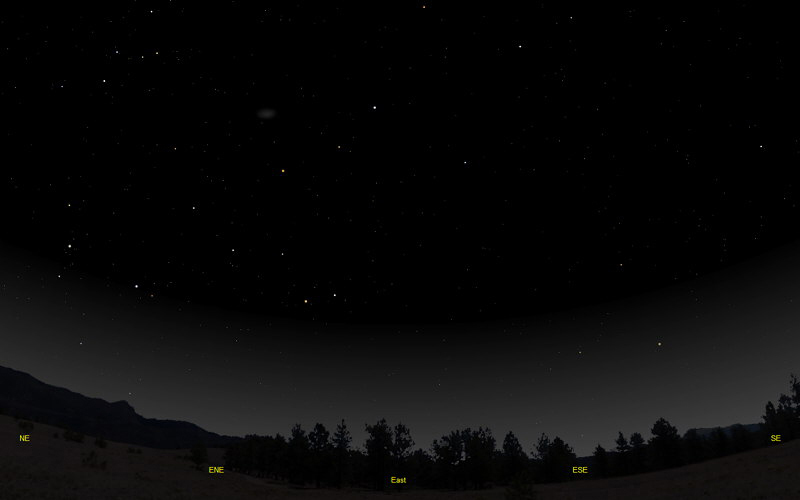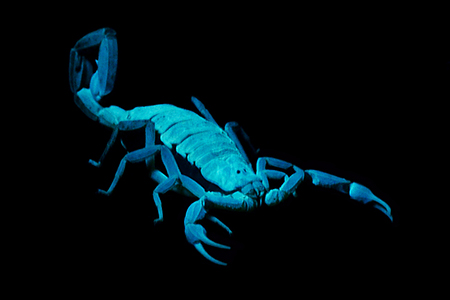The purpose of this feature is to give scout leaders, educators and naturalists an idea of some of the natural events coming up each month. We will try to cover a variety of natural events ranging from sky events to calling periods of amphibians, bird and mammal watching tips, prominent wildflowers and anything else that comes to mind. We will also note prominent constellations appearing over the eastern horizon at mid-evening each month for our area for those who would like to learn the constellations. If you have suggestions for other types of natural information you would like to see added to this calendar, let us know! Note: You can click on the hyperlinks to learn more about some of the featured items. To return to the Calendar, hit the "back" button on your browser, NOT the "back" button on the web page. All charts are available in a "printer friendly" mode, with black stars on a white background. Left clicking on each chart will take you to a printable black and white image. Please note that images on these pages are meant to be displayed at 100%. If your browser zooms into a higher magnification than that, the images may lose quality. Though we link book references to nationwide sources, we encourage you to support your local book store whenever possible. Notes and Images From August 2012
Around the end of July, Durwood Edwards, who designed and runs the Friends of Beaman Park web site, sent me an e-mail saying he was seeing lots of American Caesar mushrooms at Beaman. Durwood hikes the park often and is very knowledgeable about the local flora and fauna. Many of his beautiful images are on the Friends of Beaman Park site. I'd mentioned to him earlier in the year that I'd like to get some images of American Caesars. I drove up to Beaman and we found the Caesars in abundance. As we descended the trail from the nature center to the creek, they were everywhere amid the native Boott's Sedge (Carex picta) that covers some of the slopes at Beaman. Not only were there lots of Caesars, but there were many other species of mushrooms, more than we had time to look at carefully in our morning hike. I knew from my previous visits to Beaman that it was a rugged and spectacular park, but I had no idea that it was so rich in fungi.
Caesar mushrooms are so named because they were said to be a favorite dish of the Roman Caesars. Although edible, many experts caution against eating them because they can look similar to some other deadly members of the genus Amanita. Here, a little knowledge can be fatal. The bright red caps of the young Caesars can be spotted from a distance against the muted browns of the fallen leaves. As they grow older, the red fades from the margin of the caps inward as shown in the lower image. To see some of the beauty and diversity of fungi that Durwood has captured at Beaman Park, be sure to visit his fungi page on the Friends of Beaman Park web site. A good time to hike the Beaman Park trails for mushrooms is a few days after a heavy rain.
According to the Nature Conservancy, the Duck River is widely considered North America’s richest river in variety of freshwater animals. Its diversity includes 151 species of fish, 55 freshwater mussel species, and 22 species of aquatic snails. We recently spent a little time paddling parts of the Duck, and enjoyed its quiet beauty. Southern Leopard Frogs called softly from the shallows as we paddled down the Duck on August 26th. A Barred Owl flew across the river in front of us, and a few minutes later a flock of ten turkeys did the same. Not long after that I spotted a flash of rufous red over the water ahead of us. A Red Bat was flying about two feet above the surface of the water, slowly making its way up the river towards us. It was beautiful in the the bright morning sunlight and took no notice of us as it flew within ten feet of our kayaks. It casually snatched an insect off of a dead tree limb protruding from the water and continued up the river and out of sight.
The Moon was the first object toward which many of us, as beginners, turned our telescopes. In the quest for every fainter targets, we sometimes forget just how beautiful our closest neighbor in space really is. But the sight of a gibbous moon rising over a distant ridge is stunning, and no other telescopic adventure gives you the same experience as exploring the Moon. Even viewing the moon with a small telescope, you have the unique feeling of hovering over an alien land. The jagged edge that cuts across the Moon's surface is called the terminator, and it marks where the sun is rising on the lunar surface. Watching the sunlight gradually illuminate the tops of the lunar mountains as the sun rises is a wonderful and tranquil experience. Trying to identify those myriads of craters, peaks and other surface features, however, can be a little frustrating. Text descriptions of the lunar landscape can only capture a few of the thousands of features visible, and the same can be said of many lunar charts.
This month I ran across a particularly useful computer program that provides an incredible amount of information with a few mouse clicks. To top it all off, it's absolutely free. The Virtual Moon Atlas has been around for almost 10 years, and the latest version is really nice. It has features like "dynamic relief" that give surface features along the terminator an appearance virtually identical to what you see through the eyepiece. You can click on any of the features on the screen (which will appear like the above screen shot) and it will not only identify the feature, it will open up an entire database on the feature. Every tiny craterlet you see in the above screen shot has an associated database! Care must be taken to set up the program correctly, and for all of the features to appear realistic at high zoom levels you'll need a fairly current graphics card. But once everything is configured, you're ready for hours of lunar exploration. You can download the Virtual Moon Atlas here.
Sky Events for September 2012: The Autumnal Equinox, marking the beginning of fall in the Northern Hemisphere, occurs at 9:49 am CDT on September 22nd. The Harvest Moon, the full Moon closest to the Autumnal Equinox, occurs on the evening of September 29th. Evening Sky:
Saturn and Mars are low in the southwestern sky at dusk at the beginning of the month. Look for them about 15 degrees above the southwest horizon. Jupiter moves into the evening sky in September, rising in Taurus about 11:47pm CDT at the beginning of the month. Those viewing Jupiter telescopically will see a major change in the appearance of the north and south equatorial cloud belts from their appearance in our image at right, taken late last year. Morning Sky: Venus rises about 2:45am CDT at the beginning of the month in Gemini and will be dazzling in the morning sky throughout September. All times noted in the Sky Events are for Franklin, Tennessee and are Central Daylight Time. These times should be pretty close anywhere in the mid-state area. Constellations: The views below show the sky looking east at 10:00pm CDT on September 15th. The first view shows the sky with the constellations outlined and names depicted. Star and planet names are in green. Constellation names are in blue. The second view shows the same scene without labels. Pegasus appears higher above the eastern horizon, as does Andromeda. Perseus is above the horizon now, and Cetus is also beginning to appear. The faint stars of Pisces should be easier to pick out this month.
Find the "Square of Pegasus" and work your way outward from it to the constellations around it. See if you can pick out the faint glow of the Andromeda Galaxy, over 2 million light years away! When you look at this galaxy you're seeing light that began its journey to us in the Pleistocene epoch. To get the best view, wait until the galaxy climbs high in the sky. The Andromeda Galaxy was first shown on star charts prepared in 905AD by the Persian astronomer, Al Sufi, and was referred to as the "Little Cloud." That describes well its appearance to the naked eye. Binoculars will greatly improve your view, as will driving out of the city and finding darker skies. Simon Marius, in 1610, was among the first to observe the Andromeda Galaxy through a small telescope. He compared its soft glow to "the light of a candle shining through horn." In dark skies, those using small telescopes may pick out the small satellite galaxies M32 (above and left of the nucleus of M31 in the above image) and NGC 205 (below). A faint tidal bridge connects NGC 205 to Messier 31. Our Milky Way Galaxy and the Andromeda Galaxy are approaching each other and are expected to collide in approximately 4.5 billion years. The two galaxies may merge into a single giant elliptical galaxy at that time.
On Learning the Constellations: We advise learning a few constellations each month, and then following them through the seasons. Once you associate a particular constellation coming over the eastern horizon at a certain time of year, you may start thinking about it like an old friend, looking forward to its arrival each season. The stars in the evening scene above, for instance, will always be in the same place relative to the horizon at the same time and date each September. Of course, the planets do move slowly through the constellations, but with practice you will learn to identify them from their appearance. In particular, learn the brightest stars for they will guide you to the fainter stars. Once you can locate the more prominent constellations, you can "branch out" to other constellations around them. It may take you a little while to get a sense of scale, to translate what you see on the computer screen or what you see on the page of a book to what you see in the sky. Look for patterns, like the stars that make up the "Square of Pegasus." The earth's rotation causes the constellations to appear to
move across the sky just as the sun and the moon appear to do. If you go
outside earlier than the time shown on the charts, the constellations will be
lower to the eastern horizon. If you observe later, they will have climbed
higher. As each season progresses, the earth's motion around the sun causes the constellations to appear a little farther towards the west each night for any given time of night. If you want to see where the constellations in the above figures will be on October 15th at 10:00pm CDT, you can stay up till midnight CDT on September 15th and get a preview. The westward motion of the constellations is equivalent to two hours per month. Recommended: Sky & Telescope's Pocket Star Atlas is beautiful, compact star atlas. It is destined to become a classic, and is a joy to use at the telescope. A good book to learn the constellations is Patterns in the Sky, by Hewitt-White. You may also want to check out at H. A. Rey's classic, The Stars, A New Way to See Them. For skywatching tips, an inexpensive good guide is Secrets of Stargazing, by Becky Ramotowski. A good general reference book on astronomy is the Peterson
Field Guide,
A Field Guide to the Stars and Planets, by Pasachoff. The book retails for around $14.00. Starry Night has several software programs for learning the night sky. Visit the Starry Night web site at www.starrynight.com for details.
Scorpions In Tennessee:
Back in May, Steve Murphree, a friend who is an entomologist at Belmont University, contacted me about a story he was working on for the Tennessee Conservationist magazine. The article was to be on scorpions, and Steve and I have done some photography on scorpions in years past. He was looking for some images to use with his article. I suggested it would be fun to try to get an image of one of our Tennessee species in ultraviolet light. Steve had told me that scorpions glow brightly when illuminated in the ultraviolet and this characteristic can be helpful to find them at night. I had no ultraviolet flash unit (they're expensive) but we had a UV flashlight that we hoped to use. We drove to a spot near Murfreesboro on the evening of May 27th and Steve quickly found a Striped Bark Scorpion beneath a rock. I had some black felt, and we placed it in a shallow metal baking pan to form a place to put our scorpion. Steve had much the harder job, which was trying to keep the very active scorpion in the middle of the pan while I experimented with different camera settings. I photographed the scorpion while laying on my stomach, shooting away from a small tripod. To get the depth of field to keep the entire scorpion in focus, the f-stop had to be around f22, so my exposures were around 1/2 second. We came away with many blurred images of parts of the scorpion, but we had a few shots where it didn't move. I don't know who was happier when the scorpion was back beneath its rock, Steve and I, or the scorpion. To learn about our Tennessee scorpions, be sure to check out Steve's article in the September-October issue of the Tennessee Conservationist.
Amphibians:
The frog and toad choruses start waning in September but some frogs and toads are still calling. Another name for the Spring Peeper is the "Autumn Piper", and these small frogs can be heard calling from patches of woods in the fall. Listen also for a very dry, scratchy version of the Upland Chorus Frog's song on rainy days and nights in September. Southern Leopard Frogs sometimes call and breed as the cooler temperatures mirror their early spring breeding period. You can locate many of the frogs and toads that have been calling more frequently earlier in the year by driving the back roads slowly on rainy nights.
This is a two person job. One person watches the road for amphibians and one person looks out for other vehicles. Anything over about 15mph is "speeding." On wet nights in September, look for breeding Marbled Salamanders in flooded woodland areas. We found one such area where we had previously heard a breeding chorus of Upland Chorus Frogs. Recommended: The Frogs and Toads of North America, Lang Elliott, Houghton Mifflin Co.
Archives (Remember to use the back button on your browser, NOT the back button on the web page!) Natural Calendar February 2012 Natural Calendar December 2011 Natural Calendar November 2011 Natural Calendar September 2011 Natural Calendar February 2011 Natural Calendar December 2010 Natural Calendar November 2010 Natural Calendar September 2010 Natural Calendar February 2010 Natural Calendar December 2009 Natural Calendar November 2009 Natural Calendar September 2009 Natural Calendar February 2009 Natural Calendar December 2008 Natural Calendar November 2008 Natural Calendar September 2008 Natural Calendar February 2008 Natural Calendar December 2007 Natural Calendar November 2007 Natural Calendar September 2007 Natural Calendar February 2007 Natural Calendar December 2006 Natural Calendar November 2006 Natural Calendar September 2006 Natural Calendar February 2006
Natural Calendar
December 2005
Natural Calendar
November 2005
Natural Calendar
September 2005
Natural Calendar
February 2005
Natural Calendar
December 2004
Natural Calendar
November 2004
Natural Calendar
September 2004
Natural Calendar
February 2004
Natural Calendar
December 2003
Natural Calendar
November 2003
Natural Calendar
September 2003 Natural Calendar February 2003 Natural Calendar December 2002 Natural Calendar November 2002 Nature Notes Archives: Nature Notes was a page we published in 2001 and 2002 containing our observations about everything from the northern lights display of November 2001 to frog and salamander egg masses. Night scenes prepared with The Sky 6 Professional from Software Bisque All images and recordings © 2012 Leaps |
|||||||||||||||||||||


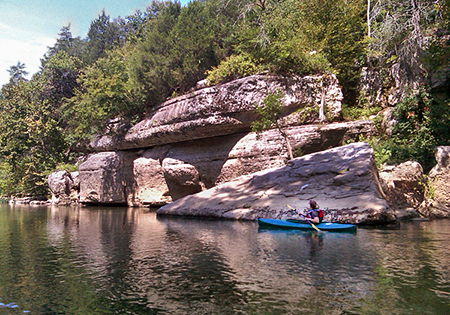
rs800umrs450c.jpg)
